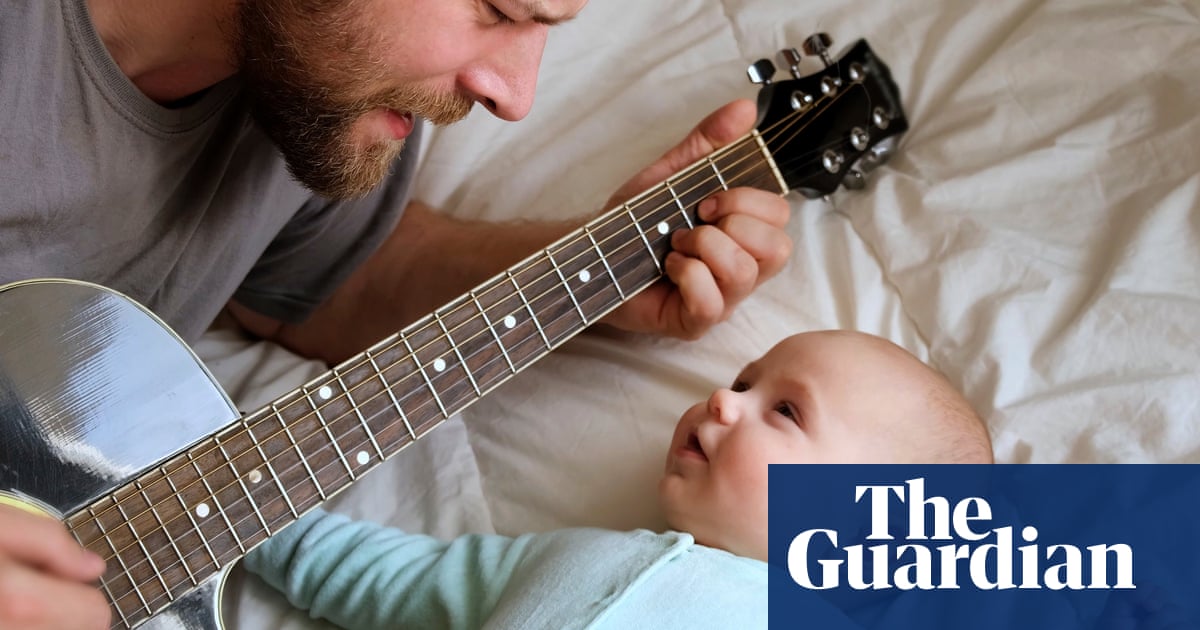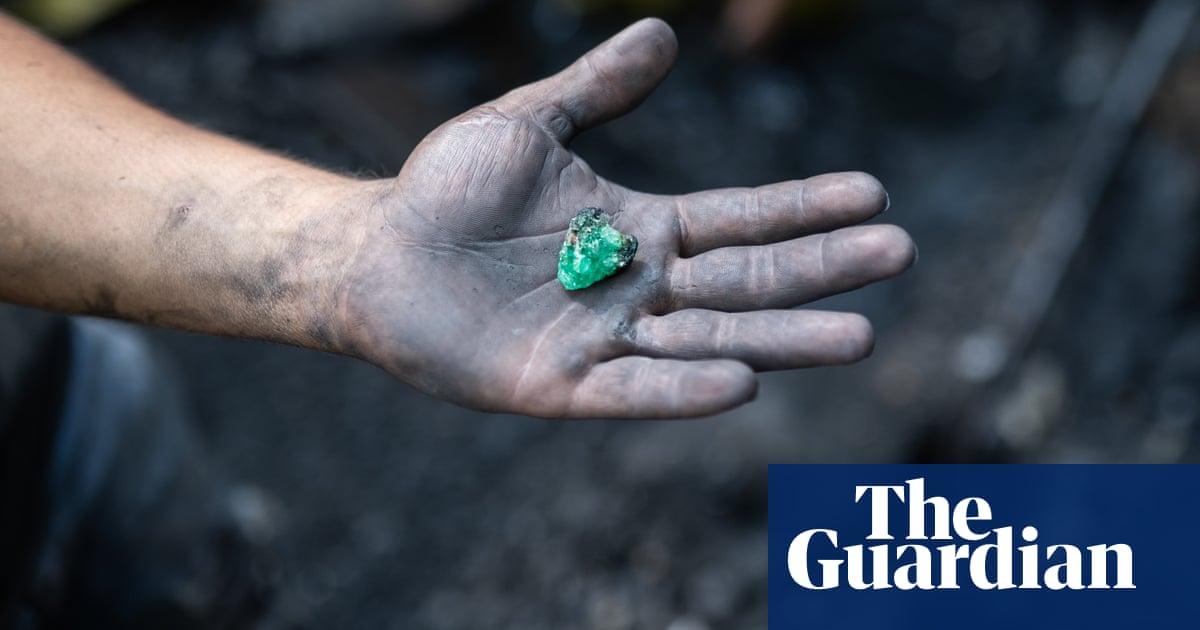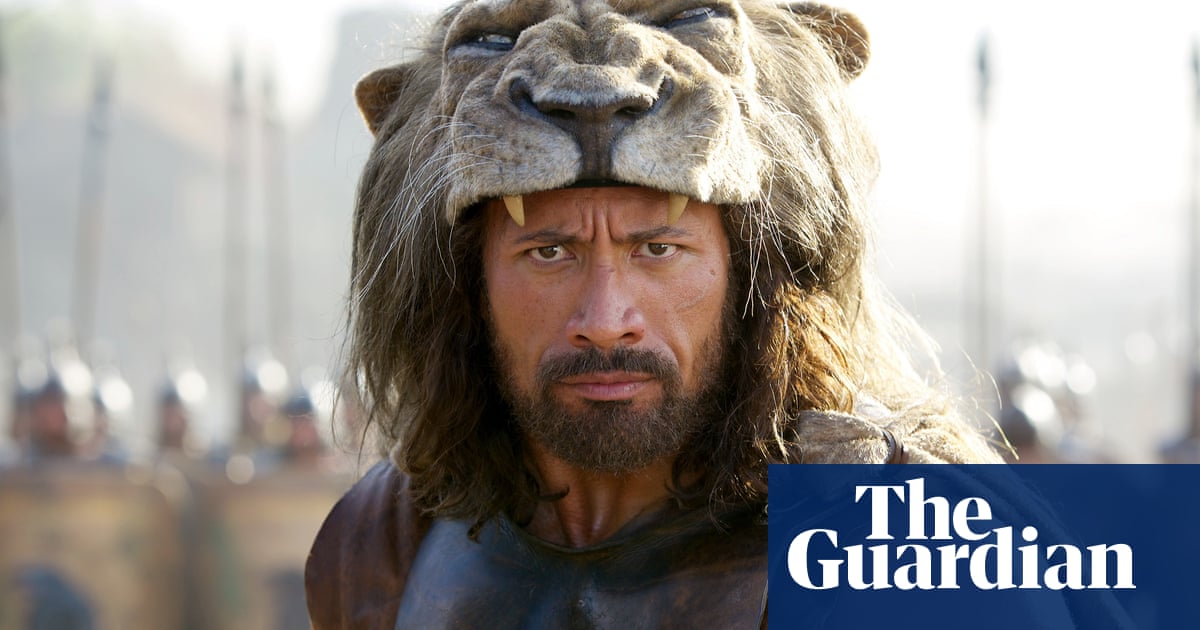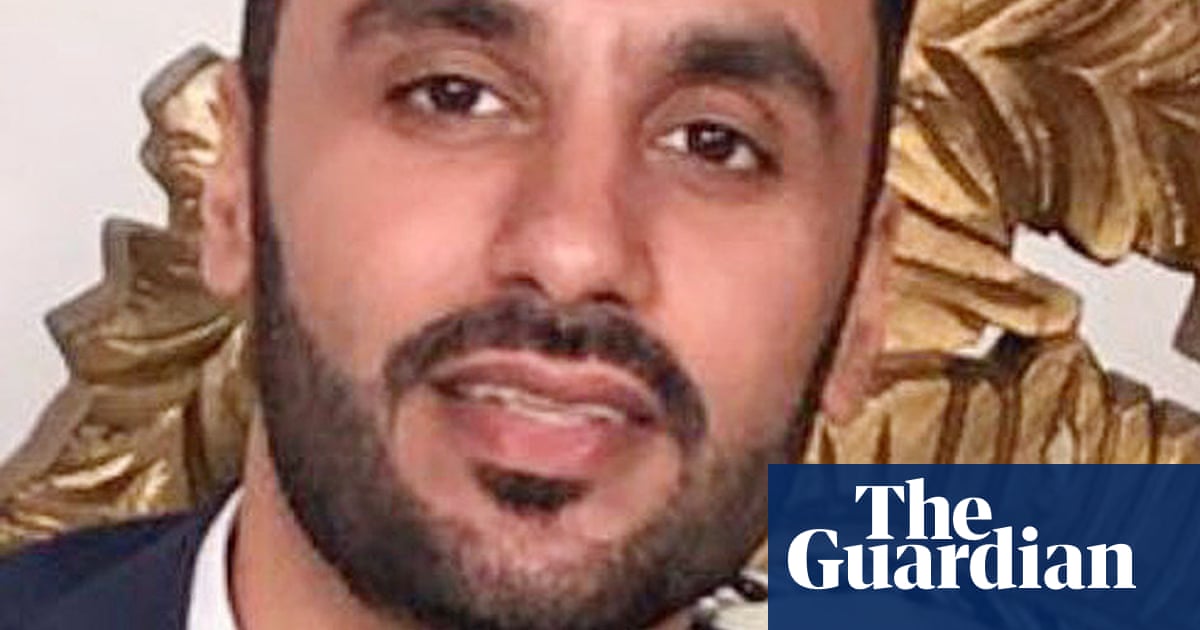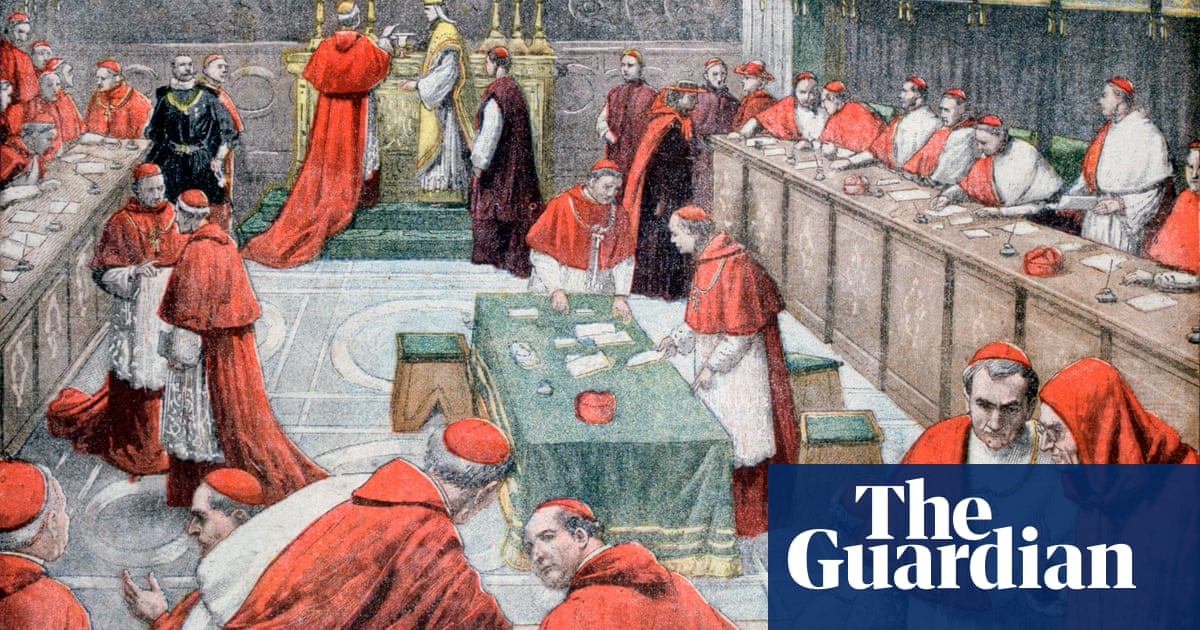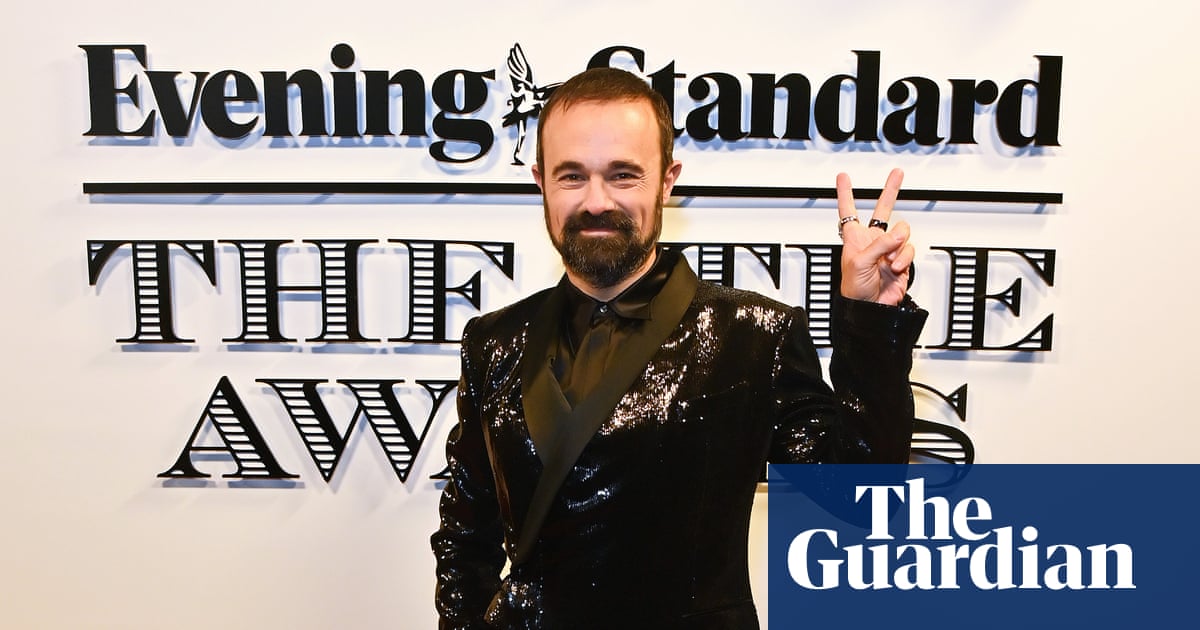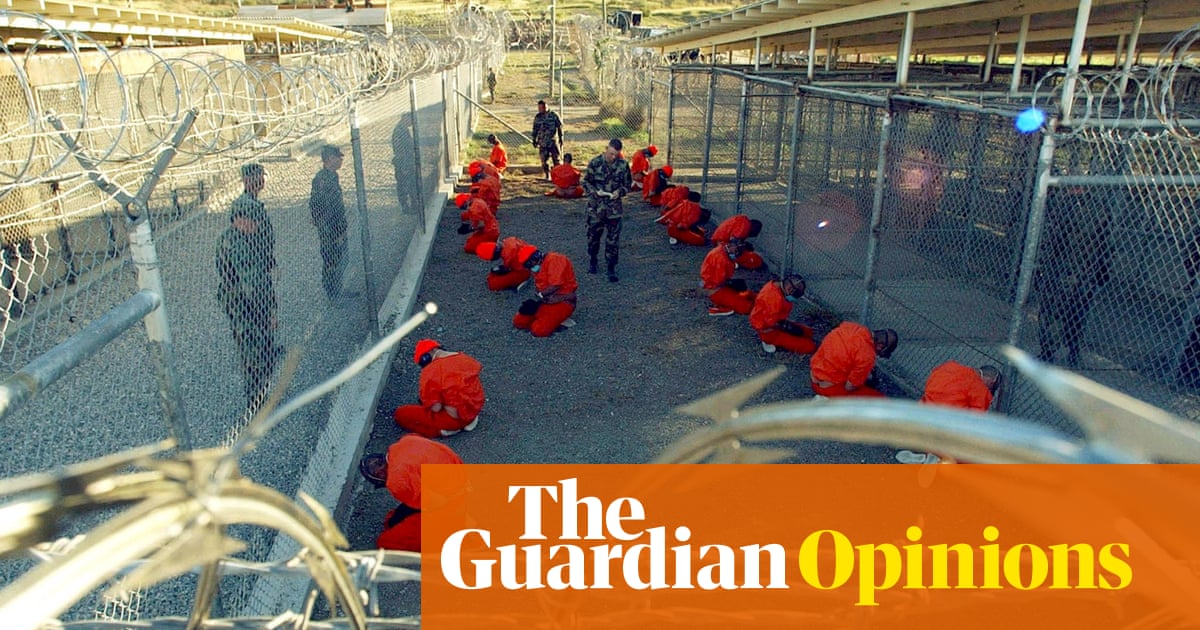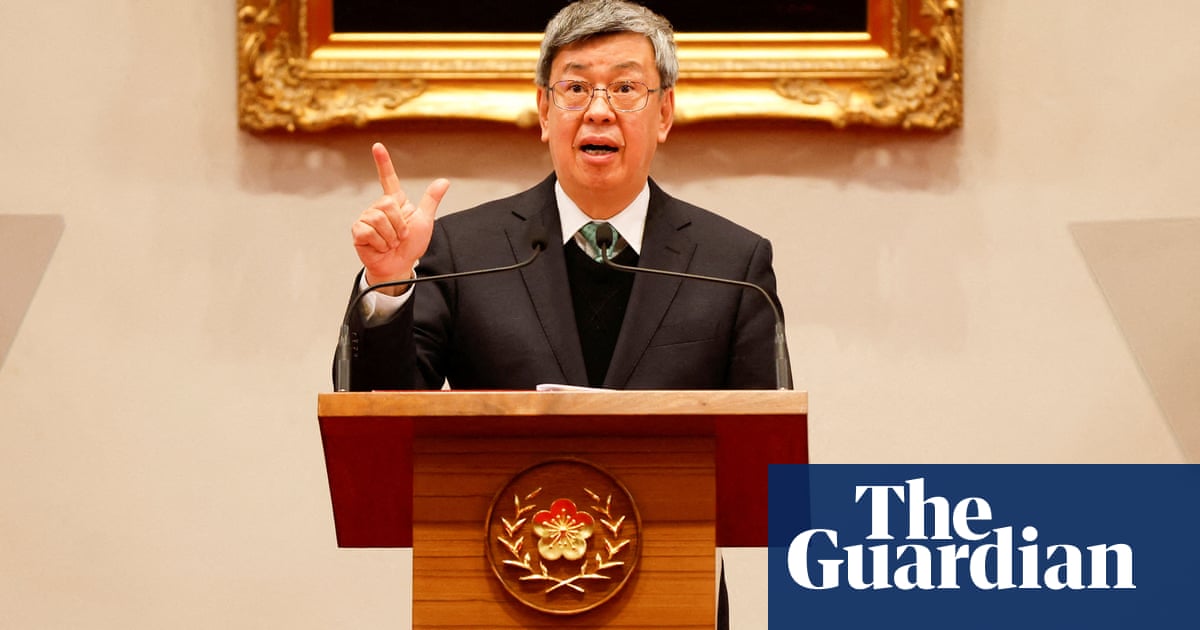Billy Mwangi is a 24-year-old student who lives in Embu, 125km north-east of Nairobi. He loves watching football with his dad, likes to hang out with his friends and enjoys playing video games with his brother. He also ran a popular account on X which he used to post about politics from time to time. “I like to defend people” he says. “When Kenyans are not happy I always wanted to voice my concern, because I’ve had political ambitions for a while now.”
On 22 December 2024, as Kenyans prepared for the festive season, Mwangi had gone to get a haircut, before heading to church.

As he stepped out of the barbers, a man with a gun approached him. Within moments, he was forced into a car. That weekend, four other young men were kidnapped under similar circumstances. What followed was a 15-day nightmare of torture, humiliation and uncertainty as to their fate.
“I was tortured and beaten up. It was too much, life there wasn’t good,” says Mwangi.
Bernard Kavuli, another abductee, described the conditions in an affidavit: the captives were stripped naked, handcuffed and beaten daily, sometimes with electric cables.
Mwangi believes he was abducted because he had posted an AI-generated picture of President William Ruto in a coffin. It went viral, sparking its way across Kenyan social media where users would post AI generated pictures of political leaders in coffins. “I used to see stories on abductions on TV but I never thought it would be something that would happen to me.”
Two of the other young Kenyans who were abducted believe they were also targeted for political satire. Gideon Kibet, 24, who goes by the name Kibet Bull, had created some distinctive black-and-white silhouette cartoons mocking Ruto, which he published on X. Peter Muteti also created AI-generated coffin images of the president.
Mwangi was released without charge on 6 January. He had lost track of time, unaware that a new year had come and gone. “From that day my life has been ruined. I can’t go to town, I cannot have any fun because my parents and I are worried for my safety. But I must move on, because if I don’t think about the future I will never heal.”
The police have denied any involvement.
Data from the Kenya National Commission on Human Rights (KNHRC) shows there were at least 82 abductions in 2024. The KNHRC also notes that the bulk of these kidnappings intensified during and in the aftermath of the #RejectFinanceBill protests in June last year. A national security report tabled in parliament in January 2025 noted that there was a 44% rise in abductions in 2024.

Politicians allied to Kenya’s ruling party, the United Democratic Alliance (UDA), dismissed the disappearances, claiming young Kenyans were abducting themselves. In response Mwangi says: “The reason I’m speaking about my ordeal is to let people know that we did not abduct ourselves. I did not abduct myself. Abduction is real.”
Kenya’s youth have long been courted as a political prize – promised jobs, reforms and a voice in governance, only to be sidelined once elections are over, with successive governments concentrating power in the hands of a privileged few.
In 2022, Ruto ascended to power on the back of a populist surge fuelled by the promise of change. A self-proclaimed “hustler” and former chicken seller, Ruto crafted an image as a reformer – an outsider who had experienced the system’s neglect first-hand. He cast his opponents, the Azimio la Umoja coalition, as “dynasties”, making him relatable to many. He promised Kenya’s youth millions of jobs with his “bottom-up economic model”. One of his campaign slogans was “Freedom is coming”.
To Kenya’s youth, that promise now feels like a cruel joke. “There’s no positive thing happening in this country,” says Mwangi. “Every day when I watch the news nothing is working. President Ruto brainwashed us with his message of bottom-up; it was a script but nothing was genuine. Everything is a mess.”
The narrative Ruto once crafted – a champion of youthful hope and opportunity – has dissolved into a bitter contest between a president and the generation he claimed to come into power to save.
Kenya’s gen Z voters, those between 18 and 28 years old, find themselves at the centre of a fight not just for economic opportunity but for what they say is the soul of their nation.
The author Darius Okolla says: “Decades of these failed promises to different generations meant that those who occupy the position of being young today can see that their elders cannot afford to retire, and their older siblings – millennials – have stagnated. It has led them to question if the same political and economic systems that didn’t work for their parents and elder siblings would work for them.”
Okolla adds: “They also find themselves in a colonial legacy that casts youth as both potential disruptors and dangerous elements requiring tight control.”
The events of June 2024 underscored this reality: what began as a vibrant, decentralised uprising coordinated through social media platforms rapidly turned into a stark confrontation between youthful optimism and state repression.
For a brief, electrifying moment, young Kenyans experienced a collective hope but the regime responded with alarming precision: activists were abducted and disinformation campaigns were run against them; clashes with security forces escalated; more than 60 people have been killed since the June protests, and Kenya experienced its first internet shutdown on 25 June – a calculated move designed to sever the digital lifeline of dissent.

In the wake of the violent crackdown on protests, Kenya’s youth has increasingly turned to digital dissent. “Since the events of June, we’ve seen the rise of a hypervigilant public, which has become a lot more consistent with the demands for accountability. Their actions online especially have been day in, day out and week in, week out,” says Okolla.
For example, the hashtag #FufuaICC, calling for the return of the international criminal court (ICC) case against Ruto, emerged in December 2024. Additionally, more than 20,000 people signed a petition started by the Kenyan diaspora asking the Dutch government to reconsider its royal visit to Kenya in March, highlighting concerns over human rights abuses.
Kenya’s government has taken notice. Ruto’s recently hired cabinet secretary for information and communication technology, William Kabogo, has openly endorsed measures to regulate social media, using the example of generative AI content – such as the images posted by Mwangi – and “hate speech” as justification.
after newsletter promotion
On 17 January, Kenya’s Ministry of the Interior issued a directive demanding that social media firms set up offices in the country “to ensure responsibility and accountability in the face of rising disinformation, social media manipulation and online abuse”. They would later soften their stance.
Victor Ndede, a manager at Amnesty Kenya, says: “These statements by government organs and personnel are deeply concerning, especially in the wake of the wave of abductions of online activists.
“Free expression is a fundamental right and any concerns around disinformation or hateful content should be addressed through human rights-compliant measures provided under the constitution. Such moves criminalise dissent, lead to self censorship and silence alternative voices.”

Kenya’s attempts at marshalling online speech have been paired with attempts by the government to change the rules governing protest. The assembly and demonstration bill 2024, for example, proposes banning protesters from wearing anything that may obscure their identification, and demands names of the conveners of a protest be registered with the police.
Artistic expression has also come under fire in the country, exemplified by the controversy surrounding a play by Butere girls high school, Echoes of War. The play, critiquing governance and youth struggles, was banned by the government but reinstated by court order. The eventual performance at the national drama festival in Nakuru County was marred by police interference, including the detention of playwright and former senator Cleophas Malala and the use of teargas, leading every student at the festival to refuse to perform in protest.
The government has not responded to the Guardian’s request for comment.
As Ruto’s government tightens its grip on protest, he has used rallies and public addresses to frame the generation he once courted as deluded elites, out of touch with the grim realities of the debt-laden economy.
But the clampdown against protest has only served to strengthen young people’s resolve. Across borders and platforms, online campaigns have brought international attention to domestic injustices, using memes, satire and viral humour as a chief strategy. “There are very few things a politician despises more than being laughed at,” says Justine Wanda, a Kenyan standup comedian.

When Ruto pushed unpopular tax measures, Kenyans called him Zakayo, after the despised biblical tax collector. When he promised Nairobi a chapati-making machine to support the school meals programme, they called him El Chapo. His frequent foreign trips earned him the nickname Kasongo, a nod to a Rhumba song by the popular band Super Orchestra Mazembe about a woman urging her husband, Kasongo, to return to their marriage.
Each nickname comes with an explosion of memes, TikToks and AI-generated images. Every time Ruto embraced a name, a new one emerged. “Satire and humour have always been ways Kenyans engage with the state, but now, platforms like TikTok amplify it instantly,” says Wanda.
But online activism has been about survival as well as protest. Those who were abducted cite the public outrage Kenyans expressed online as key to their release. “People really helped me. During my abduction they would go to the streets to demand my release and they made a lot of noise online,” says Mwangi.
Existing forms of solidarity – such as Kenyans’ culture of donation when people are in need – achieved powerful outcomes when merged with digital organising.
Hanifa Adan Safia, 28, raised $300,000 (£226,000) via M-Changa – a crowdfunding platform – to aid victims of police brutality during the gen Z protests. Her campaign was organised largely on X. These same channels are also used to raise bail and legal fees for activists.
“We organize not because we have all the answers, but because we believe in showing up for each other,” says Safia. “Our solidarity is our strongest resistance”
For those involved, this isn’t just about fighting repression – it is about reclaiming power. Asked about his hopes for Kenya’s future, Mwangi says: “I want to encourage young people to vie for political seats. The government is not controlled by young people. Our politicians put self interest first instead of serving the people.”
Referring to the next election, he adds: “We must do something come 2027.”

.png) 5 hours ago
6
5 hours ago
6




